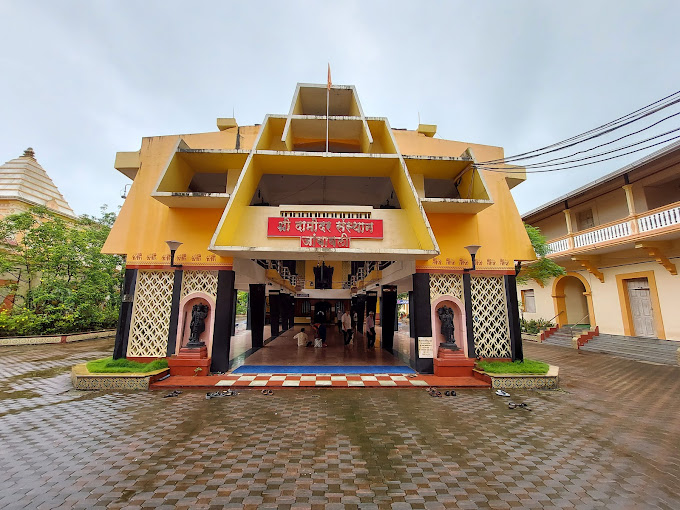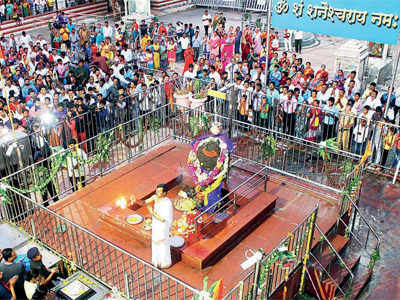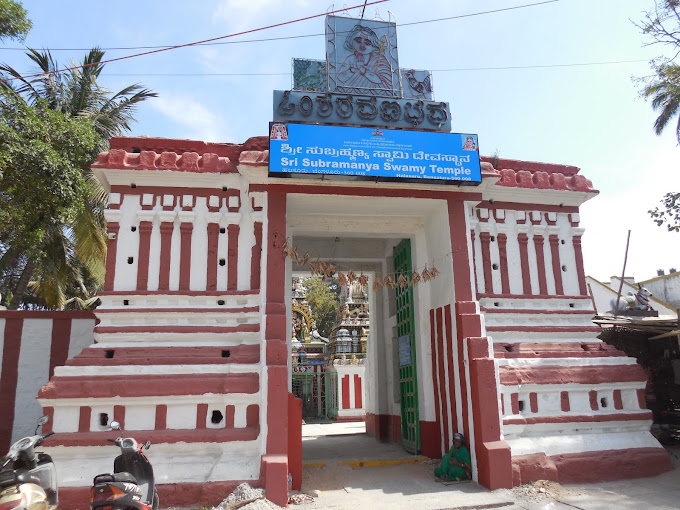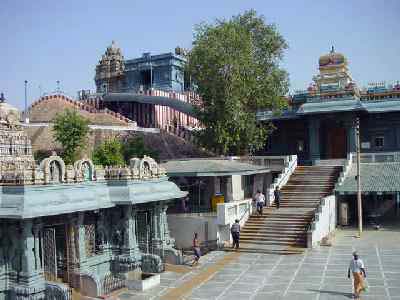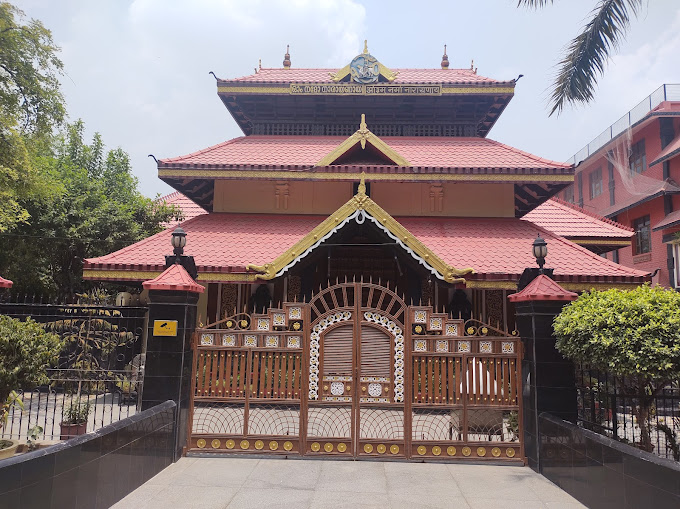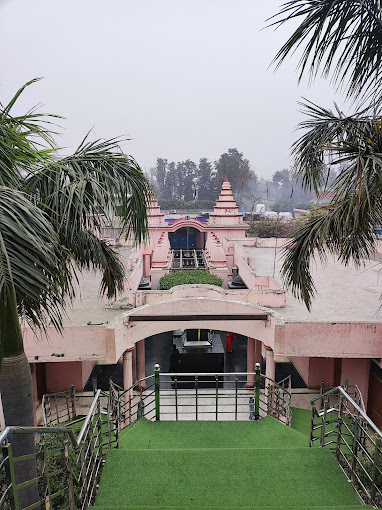Devni Mori Buddhist Stupa – Gujarat

Address
Devni Mori Buddhist Stupa – Gujarat
National Hwy 848-B, Samalaji,
Gujarat 383355
Moolavar
Buddha
Introduction
Devnimori, or Devni Mori, is a Buddhist archaeological site in northern Gujarat, about 2 kilometers (1.2 mi) from the city of Shamlaji, in the Aravalli District of northern Gujarat, India. The site is variously dated to the 3rd century or 4th century CE, or circa 400 CE. Its location was associated with trade routes and caravans in the area of Gujarat.
Puranic Significance
Site excavations have yielded Buddhist artifacts dated prior to 8th-century in the lowest layer, mixed Buddhist and artwork from the Gurjara-Pratihara period in the middle, topped by Muslim glazed ware attributed to the 14th century. The site was excavated between 1960 and 1963. The site became flooded by the Meswo reservoir, a project started in 1959 and completed over 1971–1972 over the nearby Meshwo River.
The site of Devni Mori included numerous terracotta Buddhist sculptures (but no stone sculptures), also dated to the 3rd-4th century CE, and which are among the earliest sculptures that can be found in Gujarat. The remains are located in the Shamlaji Museum and Baroda Museum & Picture Gallery.
Devni Mori has a specific construction pattern for a monastery, with an image shrine built opposite the entrance. This kind of arrangement was initiated in northwestern sites such as Kalawan or Dharmarajika. It is thought that this architectural pattern then became the prototype for the later development of monasteries with shrines in Devni Mori, Ajanta, Aurangabad, Ellora, Nalanda, Ratnagiri, Odisha and others. The viharas in Devni Mori were built from fired bricks. Devni Mori also has residential caves with water cisterns, as at Uparkot in Junagadh. Devni Mori also has a stupa where stacked relic deposits were found. This is the only case of a free-standing stupa in the area of Gujarat. Nine images of the Buddha were found inside the stupa. The Buddha images clearly show the influence of the Greco-Buddhist art of Gandhara, and have been described as examples of the Western Indian art of the Western Satraps.




Century/Period
3rd century or 4th century CE
Managed By
Archaeological Survey of India (ASI)
Nearest Bus Station
Aravalli, Samalaji
Nearest Railway Station
Sawarda station
Nearest Airport
Ahmedabad
